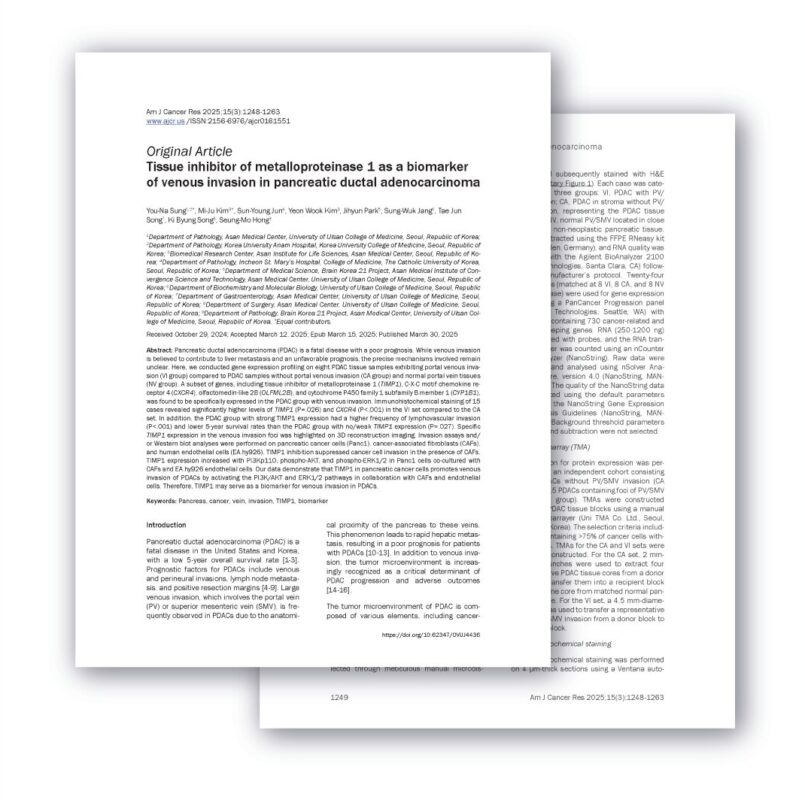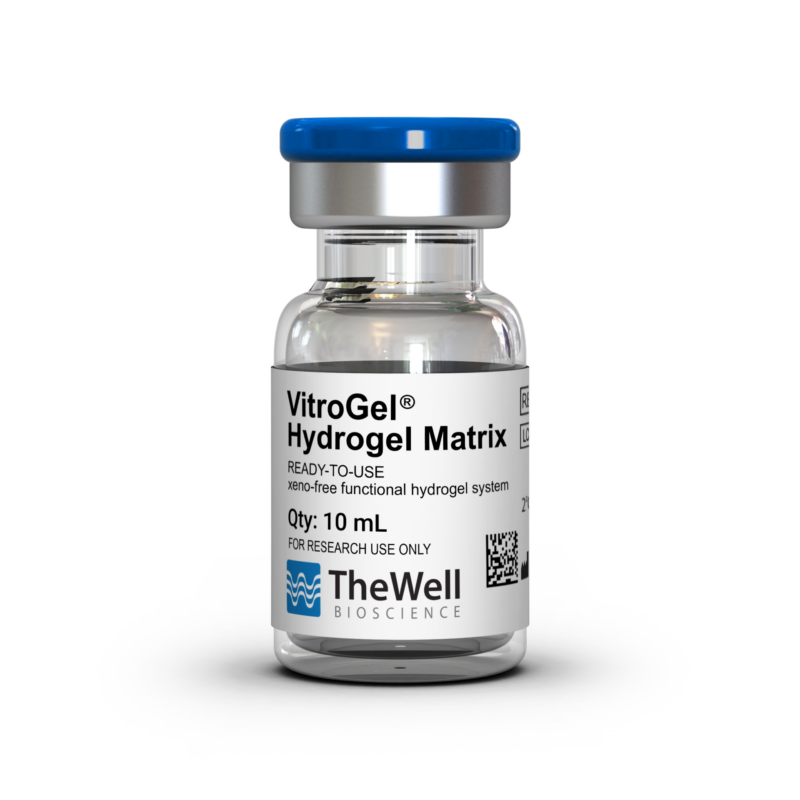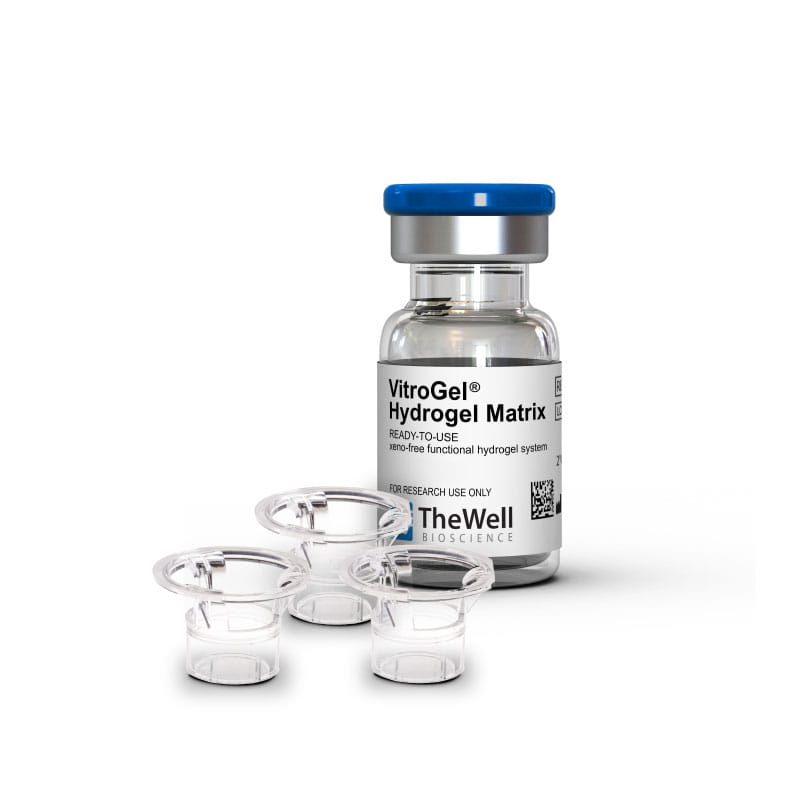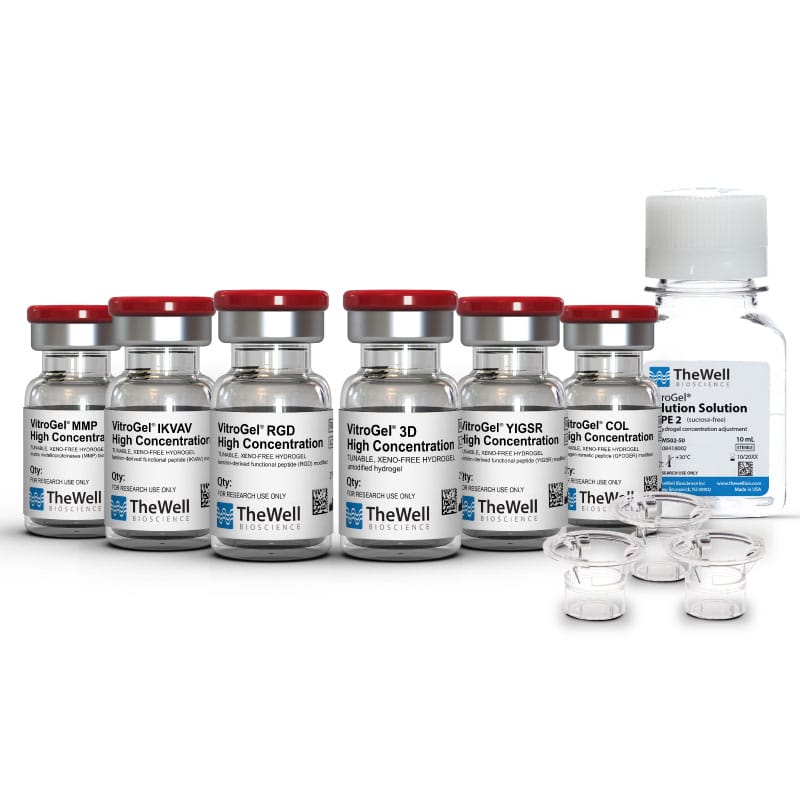Research Highlights
VitroGel® at the Frontlines: Enabling 3D Modeling of Venous Invasion in Pancreatic Cancer

This study leveraged VitroGel®’s hydrogel system to model the tumor microenvironment and uncover the role of TIMP1 in driving venous invasion in pancreatic cancer.
Category:
3D Cell models
Subcategory/cell type:
Functional assays/Invasion/Migration
EA.hy926 cells, Panc1 cells, CAFs cells
Team:
You-Na Sung, Mi-Ju Kim, Sun-Young Jun, Yeon Wook Kim, Jihyun Park, Sung-Wuk Jang, Tae Jun Song, Ki Byung Song, Seung-Mo Hong
Institutions:
- Korea University Anam Hospital, Korea University College of Medicine, Seoul
- Asan Institute for Life Sciences, Asan Medical Center, Incheon
- St. Mary’s Hospital, College of Medicine, The Catholic University of Korea,
- University of Ulsan College of Medicine Seoul, Republic of Korea;
Hydrogel:
VitroGel® Hydrogel Matrix (VHM01)
Pancreatic ductal adenocarcinoma (PDAC) is characterized by its aggressive nature and poor prognosis, often driven by early vascular invasion and metastasis. In this study, researchers focused on the role of tissue inhibitor of metalloproteinase 1 (TIMP1) as a biomarker and facilitator of venous invasion in PDAC. To understand how TIMP1 interacts within the tumor microenvironment—particularly with cancer-associated fibroblasts (CAFs) and endothelial cells—innovative models were essential for capturing the complexity of these interactions.

VitroGel® Hydrogel Matrix, played a pivotal role in simulating a physiologically relevant enviroment. In the cancer cell invasion assay, VitroGell® provided the 3D scaffold needed to co-culture PDAC cells with CAFs and endothelial cells, enabling the observation of invasive behaviors in a controlled, reproducible manner. Its consistency and biocompatibility allowed for the precise assessment of TIMP1’s function in activating PI3K/AKT and ERK1/2 pathways, which drive cancer cell motility and vascular infiltration.
This study highlights how VitroGel® not only supports cell viability and invasion but also enables accurate modeling of tumor-stroma-endothelium dynamics. By offering a robust platform for 3D culture, VitroGel® was instrumental in uncovering the cooperative role of TIMP1 and stromal components in promoting venous invasion. These findings reinforce the importance of biomimetic matrices like VitroGell® in cancer research and their potential in accelerating the discovery of therapeutic targets.






